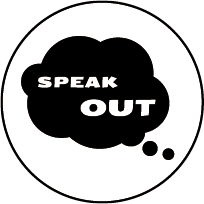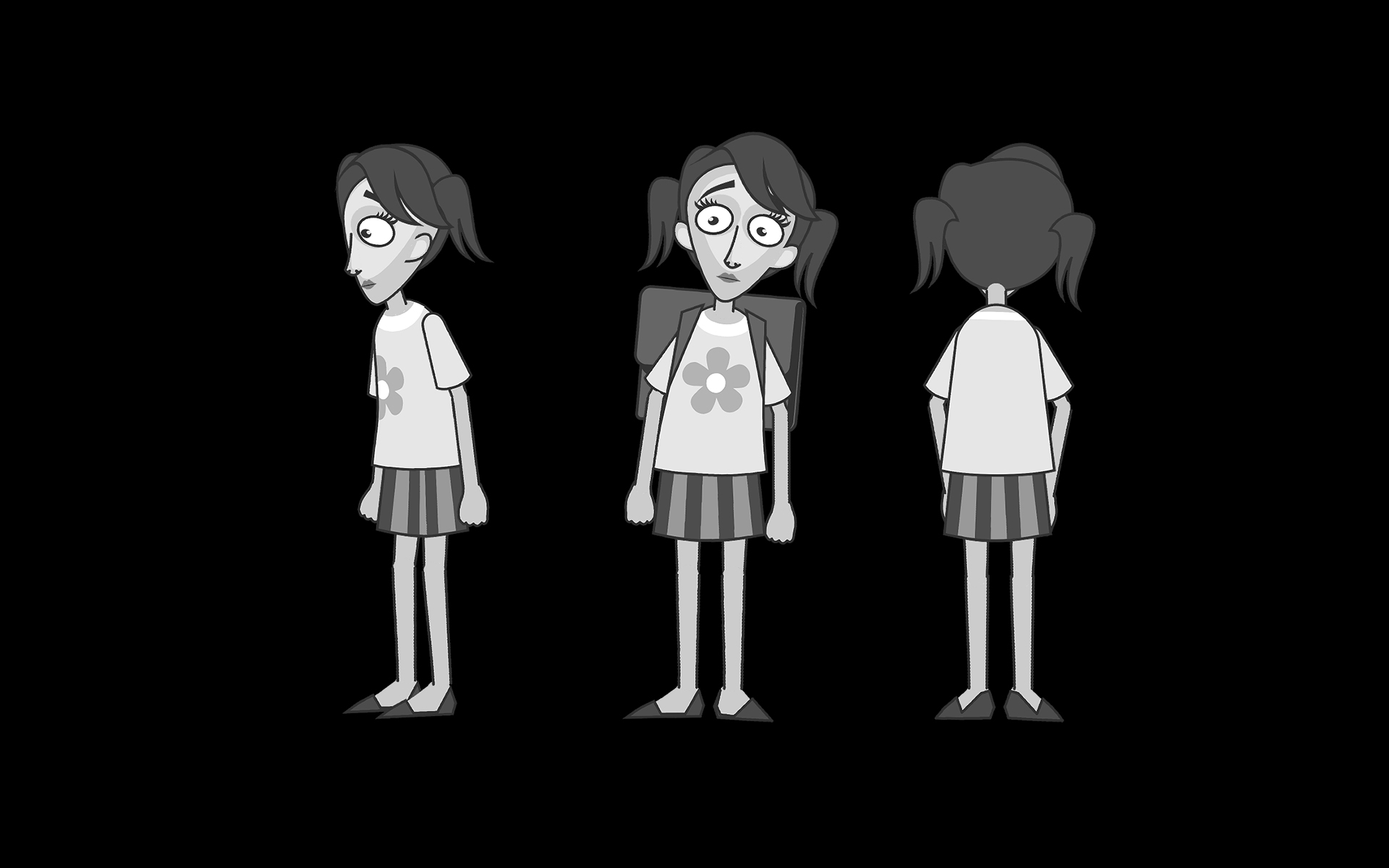What is bullying?
Bullying is the harm done to an individual or a group. Such harm:
- Is targeted
- Is deliberate
- Is long-term
- Is repetitive
- Lowers the dignity of the individual
- Happens unilaterally (the victim does not retaliate openly)
- Occurs with the need to demonstrate power (a power imbalance exists)
- Occurs with the need for an audience
Bullying as defined by the Ministry of Education of the Czech Republic:
The Ministry of Education, Youth, and Sports outlines bullying as:
"Bullying is any behavior aimed at harming an individual, threatening, or intimidating another student or group of students. It is a targeted and typically repeated use of violence by an individual or a group against another individual or group of students who are incapable of, or for any reason unable to defend themselves. It includes physical attacks such as hitting, extortion, theft, and property damage, as well as verbal attacks like name-calling, slander, threats, or humiliation. It can also take the form of sexual harassment or abuse. Bullying can manifest indirectly through actions like deliberate exclusion or ignoring of a student by classmates or the class group."
Although the definition states that bullying is usually a repeated form of harm, especially brutal acts may be considered bullying even if they occur as a single event without prior repetition.
Bullying is only referred to as such when the victim is defenseless for any reason (physical disability, psychological differences, clumsiness, isolation within the group, a group attack...) and therefore involves asymmetric aggression.
The term "bullying" cannot be used to describe all harmful or unpleasant actions children do to each other.
PHASES OF BULLYING
Phase 1 - The emergence of Ostracism
Bullying can occur anywhere, as the conditions for its emergence are not especially uncommon. Every group contains individuals who are less liked or influential. This reality therefore creates an imbalance of power and, inherently, the potential for the abuse of influence within the group.
This phase involves mild, mostly psychological forms of harm, where the ostracized member is uncomfortable. Others may reject them to varying degrees, refuse to talk to them, spread rumors, conspire against them, and make offensive jokes at their expense.
Phase 2 - Physical Aggression and Intensified Manipulation
There are several reasons why bullying can escalate to the second stage. One possibility is that the group releases its frustrations on the weakest individual, who acts as a "vent." Another scenario may occur during school trips, where the weakest member is subject to deliberate aggression in an intimate environment, where children share rooms and carry out extracurricular activities. A third scenario may arise when multiple aggressive individuals are present in the group, and violence satisfies their needs. During physical attacks and abuse, the aggressors experience a sense of power, which breaks down any remaining moral barriers.
However, in the case that the group is cohesive, with positive friendships and strong moral values, where students have a negative stance toward violence and harming the weak, attempts at bullying will likely fail.
Phase 3 - Creation of the core group
At this stage, a group of aggressors forms a core group that systematically works together. The group is now divided into several subgroups, all fighting for influence. If a strong, positive subgroup does not emerge to counterbalance the power of the bullying group, the tyrants’ quest for power can continue uninterrupted.
Phase 4 - The majority accepts the norms of the aggressors
The norms of the aggressors are now accepted by the majority, and they are considered unwritten laws. A culture of violence and abuse of power emerges unopposed within the community, and bullying is now seen as acceptable. Kolář (1997) warns that at this stage, even mild and well-behaved students may begin to act cruelly, bully their classmates, and even derive satisfaction from it.
Phase 5 - Totalitarianism or perfect bullying
In the final phase, a totalitarian ideology of bullying is established. Students are divided into two groups: aggressors and victims. Aggressors use anything they can, from material possessions to school knowledge, to exert control. They lose all inhibitions, seeking only to commit violence, which they see as normal, even as a form of entertainment. This highest level of bullying is more common in environments like prisons, military settings, or youth correctional facilities. However, in milder forms, it can still be found in schools.






